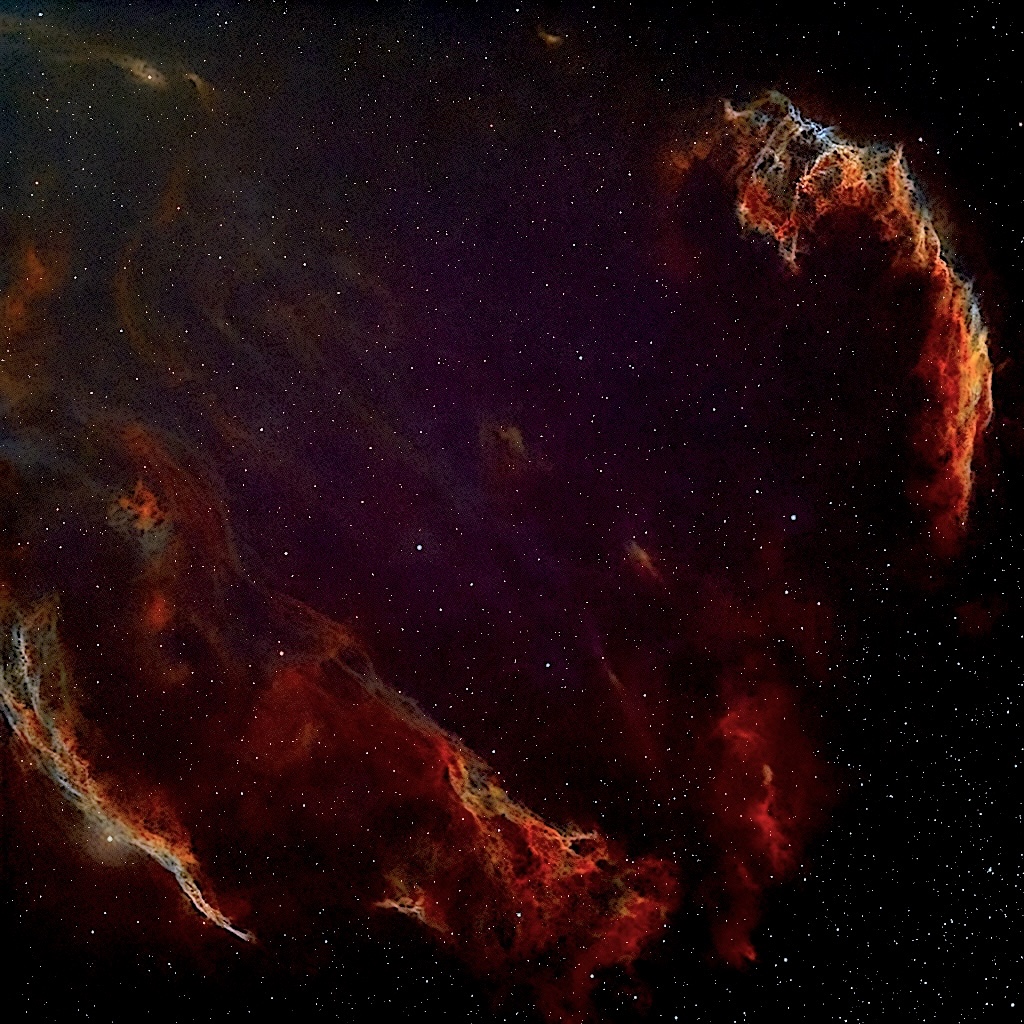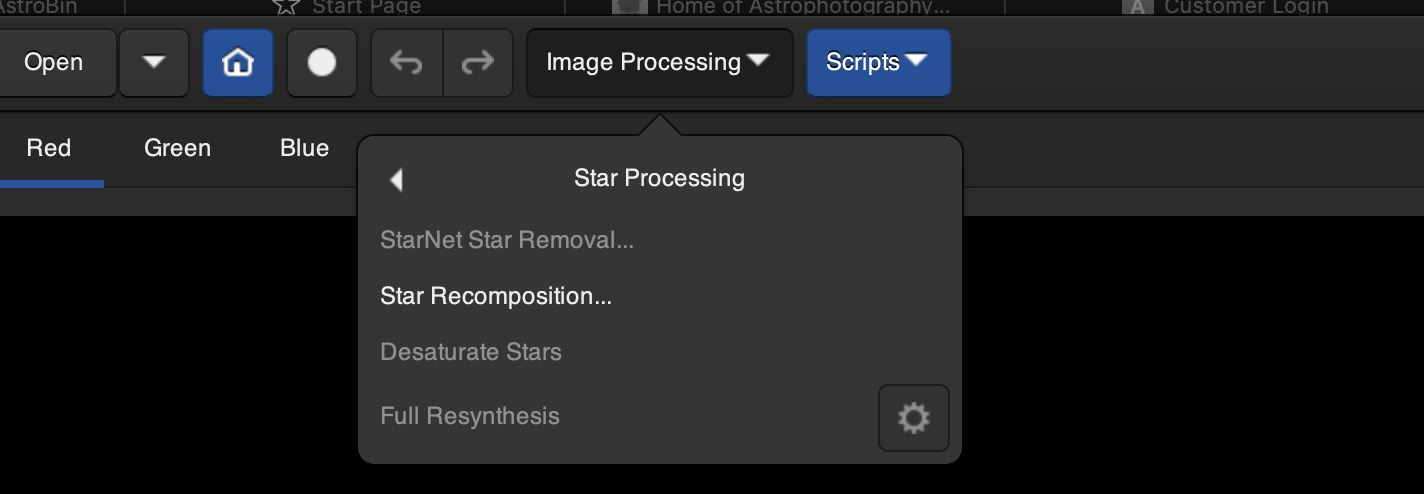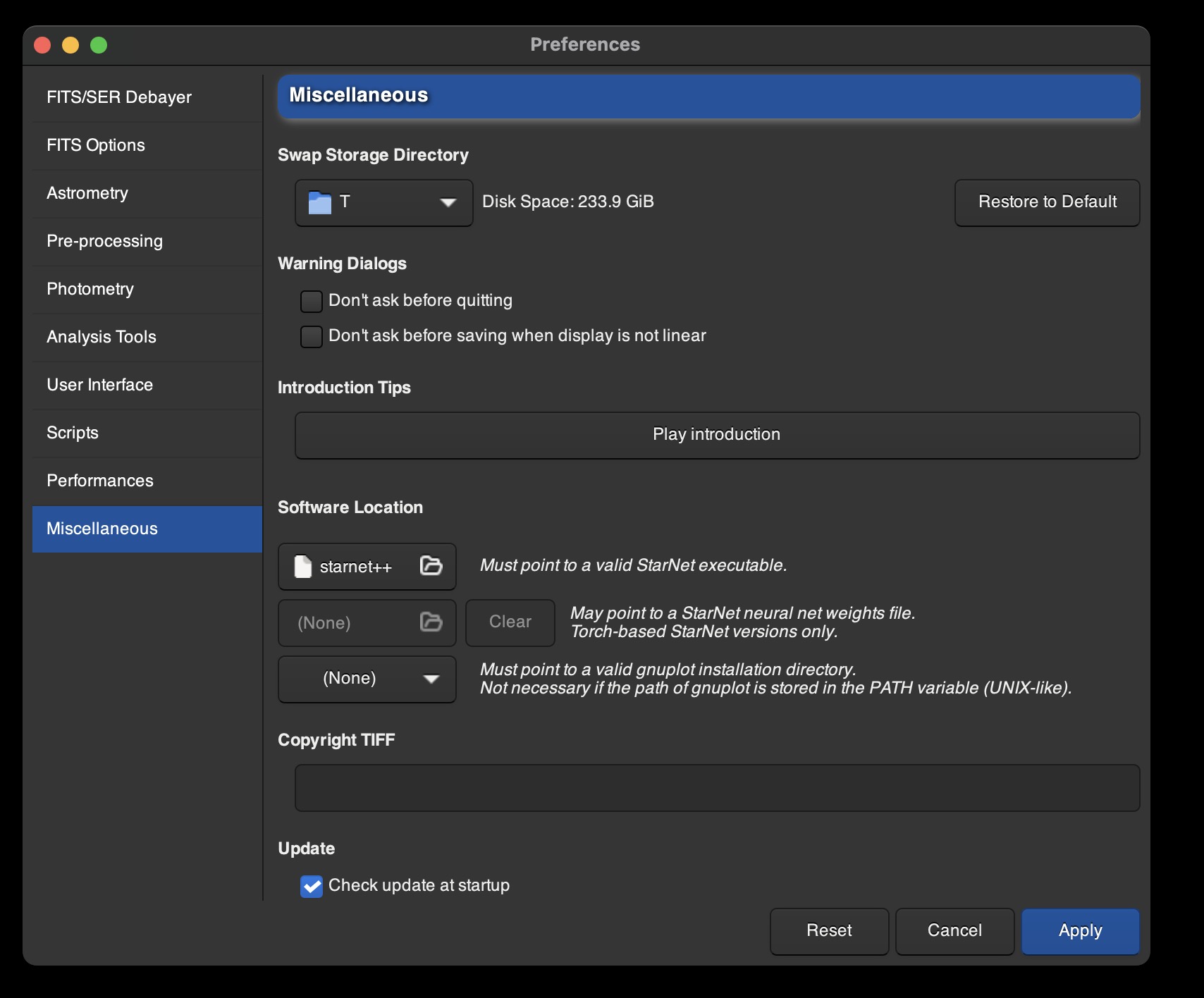Hello Folks,
I've been dabbling in astronomy since high school.. I brought my first C8 (Orange Tube) used, probably about 35'ish years ago, and have
collected a few more scopes along the way since than...
I'm a complete newbie to astrophotography and I just did my first stacking and post-processing of my images a few days ago...
I started out doing visual observing with the intent to use my DSLR with a Celeston AVX mount and a WO Z73 for astrophotography.
I played around with that setup for a while with not much sucess, and the ASIair came out, and that sort of changed everything for me.
Everything in one box, one interface... thus I've invested in the ZWO system thus far...
My deep sky rig currently consist of the following:
WO Redcat 51 Gen II
ZWO 2in filter drawer w/ZWO Dual Band filter
ZWO OAG w/Helical focuser
ASI 220mm mini guide camera
ASI 53MC Pro
ZWO AM3 mount
ASIair Plus
Since I'm still learning, the only software i'm using currently is Siril, and Gimp... I until figure out how to refine my post-process work
I can learn with free software for now, and maybe move up to Pixinsight and Photoshop at some point in the future.
Any how enough of my babbling, looking forward to learning and advancing my skills from this community.... I've attached the first images that I collected and processed in Siril and Gimp. I think they're okay, but could use some more work on post processing... But I have to start somewhere
Additional info on the images posted:
1st Image M 32 Andromeda Galaxy
2nd Image: NGC 6960 Western Veil Nebula
Equipment used: above in my post
Gain: 100
Sensore Temp: -10c
Exposure: 300sec
Frames: 24
Calabration: Flats, Darks, Bias frames
Software: Siril and Gimp
3rd Image: Veil Nebula Complex
Equipment, Gain and Exposure: Same as above
Frames: 72 over two night
Calabration: Same as above
Software: Same as above
Clear skies....
Phil



I've been dabbling in astronomy since high school.. I brought my first C8 (Orange Tube) used, probably about 35'ish years ago, and have
collected a few more scopes along the way since than...
I'm a complete newbie to astrophotography and I just did my first stacking and post-processing of my images a few days ago...
I started out doing visual observing with the intent to use my DSLR with a Celeston AVX mount and a WO Z73 for astrophotography.
I played around with that setup for a while with not much sucess, and the ASIair came out, and that sort of changed everything for me.
Everything in one box, one interface... thus I've invested in the ZWO system thus far...
My deep sky rig currently consist of the following:
WO Redcat 51 Gen II
ZWO 2in filter drawer w/ZWO Dual Band filter
ZWO OAG w/Helical focuser
ASI 220mm mini guide camera
ASI 53MC Pro
ZWO AM3 mount
ASIair Plus
Since I'm still learning, the only software i'm using currently is Siril, and Gimp... I until figure out how to refine my post-process work
I can learn with free software for now, and maybe move up to Pixinsight and Photoshop at some point in the future.
Any how enough of my babbling, looking forward to learning and advancing my skills from this community.... I've attached the first images that I collected and processed in Siril and Gimp. I think they're okay, but could use some more work on post processing... But I have to start somewhere
Additional info on the images posted:
1st Image M 32 Andromeda Galaxy
2nd Image: NGC 6960 Western Veil Nebula
Equipment used: above in my post
Gain: 100
Sensore Temp: -10c
Exposure: 300sec
Frames: 24
Calabration: Flats, Darks, Bias frames
Software: Siril and Gimp
3rd Image: Veil Nebula Complex
Equipment, Gain and Exposure: Same as above
Frames: 72 over two night
Calabration: Same as above
Software: Same as above
Clear skies....
Phil





